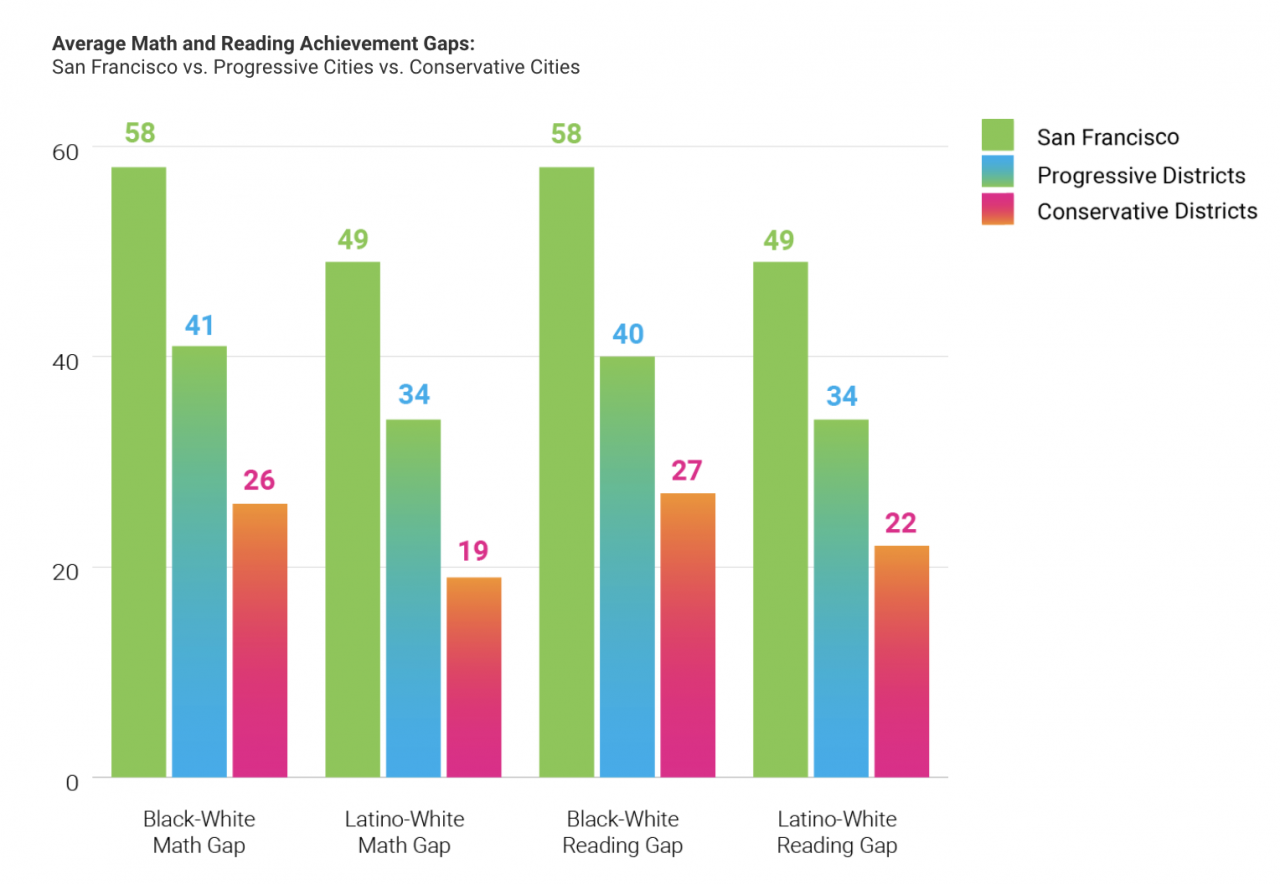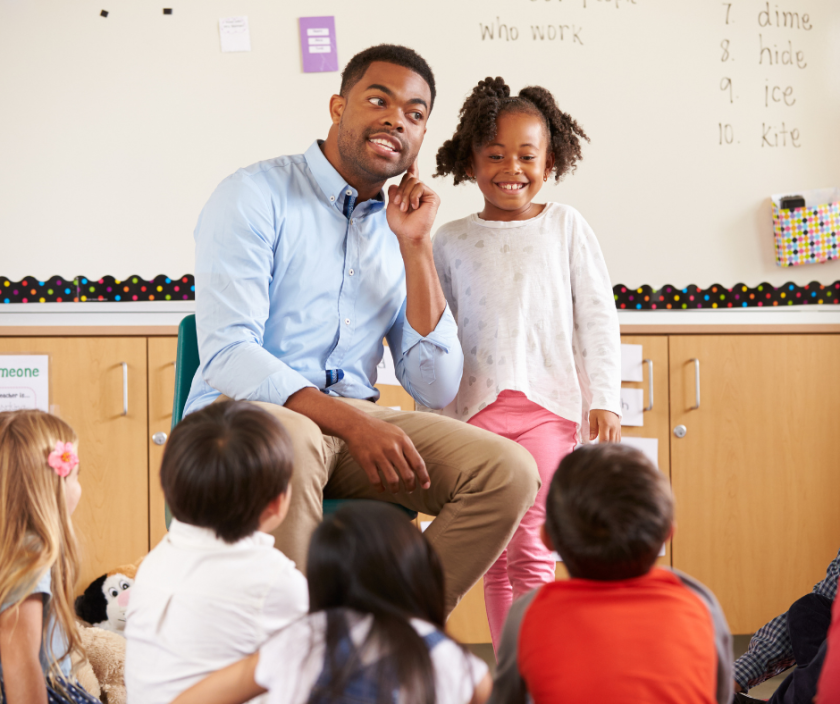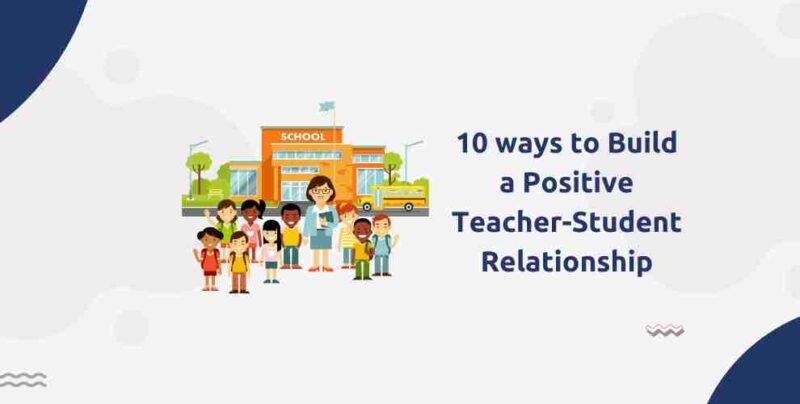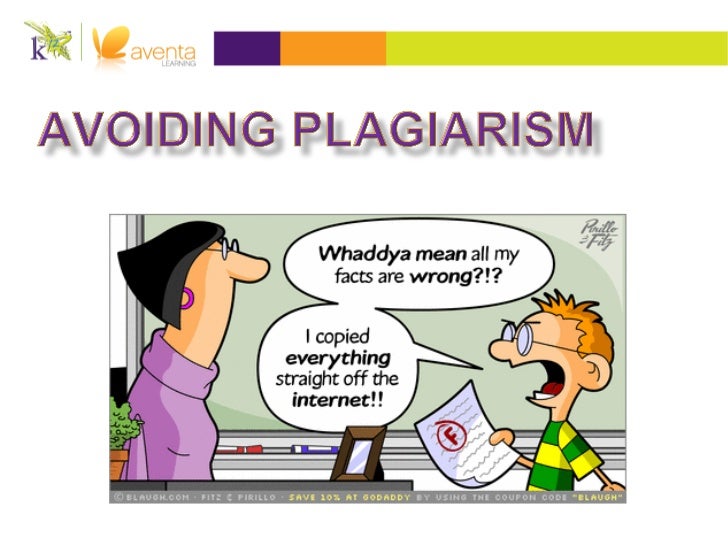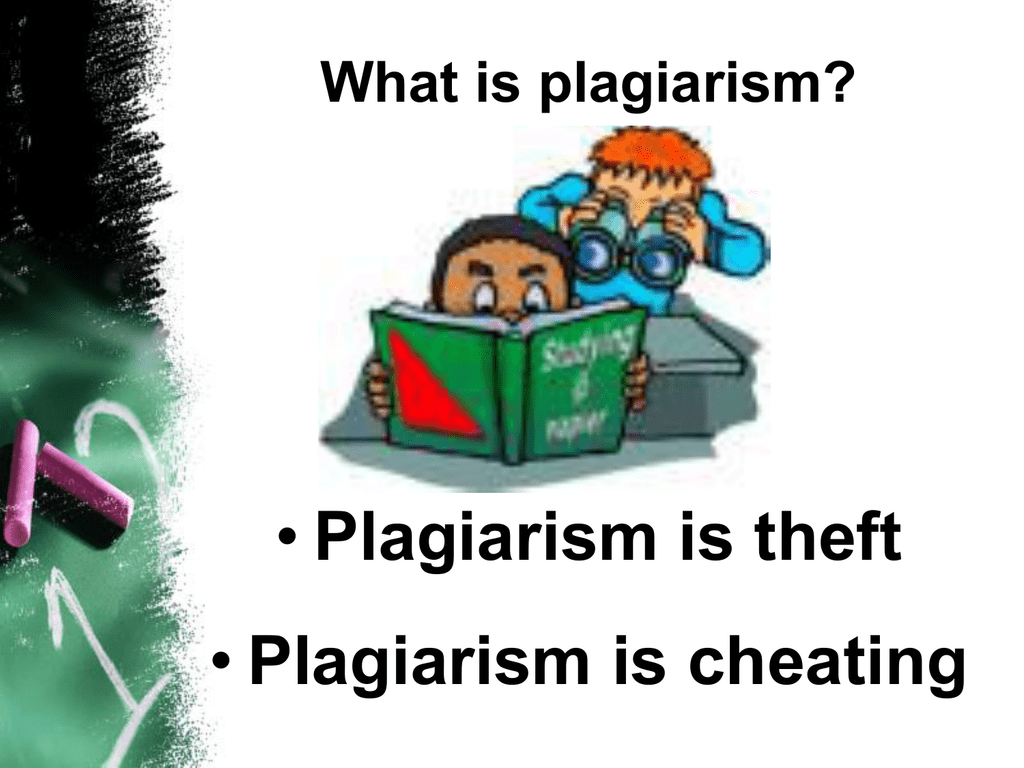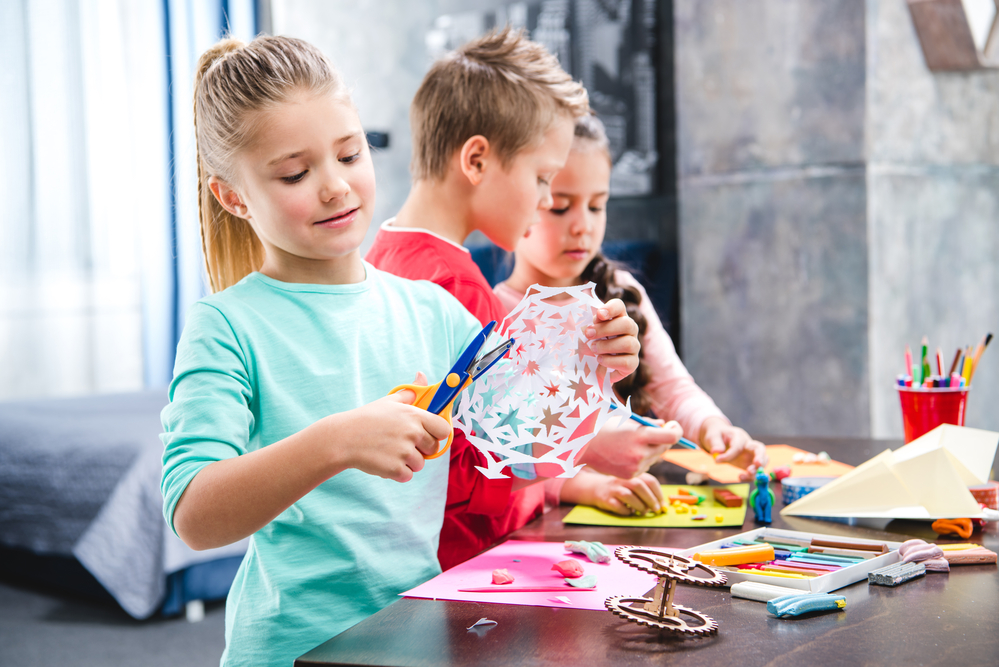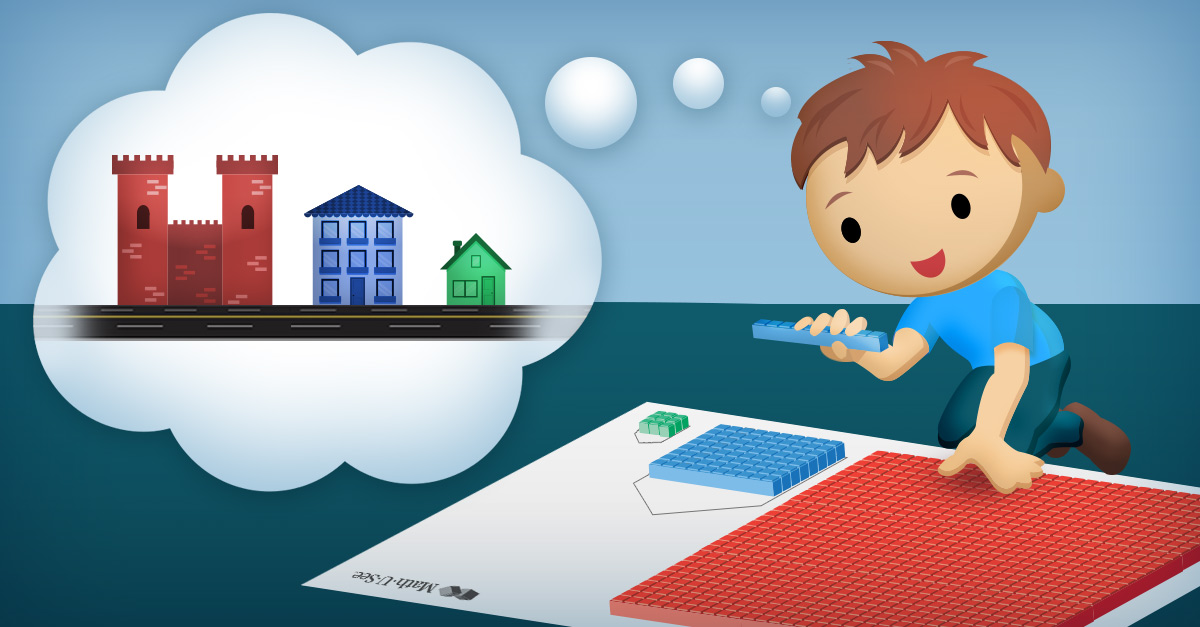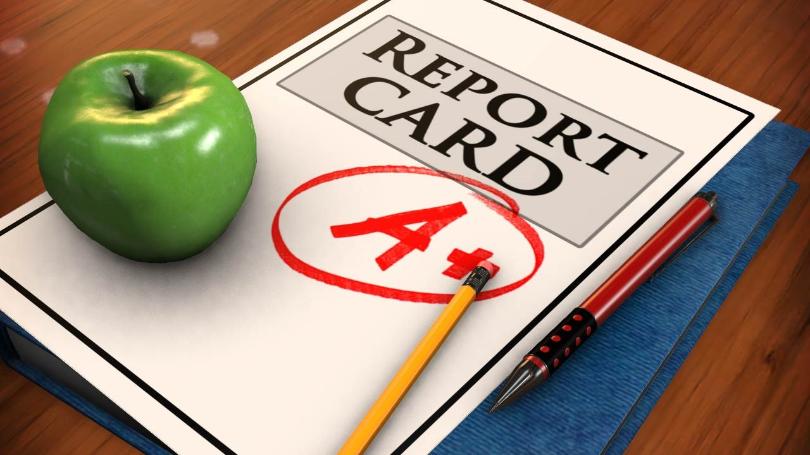Exploring alternative education models beyond traditional schooling unveils a world of diverse learning approaches. From the child-led freedom of unschooling to the structured environments of Montessori and Waldorf schools, parents are increasingly seeking educational paths that better suit their children’s unique needs and learning styles. This exploration delves into the various models, their benefits and challenges, and the future of education beyond the traditional classroom.
We’ll examine the core principles of different alternative education models, comparing and contrasting their curricula, teaching methods, and assessment strategies. We’ll also discuss the role of technology in enhancing these learning experiences and the potential impact of emerging technologies on the future of alternative education. This journey will highlight both the advantages and potential drawbacks, providing a comprehensive overview to help you navigate the exciting landscape of non-traditional education.
Defining Alternative Education Models
Stepping outside the traditional classroom walls reveals a diverse landscape of educational approaches designed to cater to different learning styles and philosophies. These alternative models prioritize individualized learning, fostering creativity, and nurturing a child’s unique potential in ways that traditional schooling often struggles to achieve. Understanding the nuances of these models is crucial for parents seeking the best educational path for their children.
Unschooling and its Variations
Unschooling, at its core, rejects the structured curriculum and standardized testing of traditional schools. Instead, it emphasizes learning through life experiences, following the child’s interests and natural curiosity. Learning becomes a self-directed journey, driven by the child’s inherent desire to understand the world around them. Variations exist, ranging from completely unstructured learning to approaches that incorporate some structured elements, like incorporating specific skill-building activities or using educational resources as a springboard for exploration.
Some unschoolers might utilize field trips, apprenticeships, or online courses to supplement their child’s learning journey. The common thread is a child-led, experience-based approach to education that values exploration and self-discovery above all else.
Homeschooling versus Microschooling
Homeschooling and microschooling, while both alternatives to traditional schooling, differ significantly in their structure and approach. Homeschooling involves parents or guardians directly teaching their children at home, utilizing a variety of curricula and methods. For example, a family might choose a classical homeschooling approach, focusing on literature, history, and the arts, or opt for a more eclectic approach, blending various educational philosophies and resources.
Conversely, microschooling involves a small group of students (typically fewer than 12) learning together in a shared space, often led by a teacher or tutor. A microschool might focus on a specific learning style, like project-based learning, or cater to a particular niche, like gifted students or students with specific learning needs. For example, a microschool might specialize in STEM education, offering hands-on projects and experiments in science, technology, engineering, and mathematics.
Comparing Montessori, Waldorf, and Reggio Emilia Approaches
Montessori, Waldorf, and Reggio Emilia are distinct educational philosophies with unique approaches to learning. They share a common goal of fostering holistic development, but their methods differ considerably.
| Method | Curriculum | Teaching Style | Assessment |
|---|---|---|---|
| Montessori | Structured, hands-on activities focusing on practical life skills, sensory exploration, and academic concepts introduced at the child’s pace. | Child-led, teacher as facilitator, emphasis on independence and self-directed learning. | Observation-based, focusing on individual progress and development; less emphasis on standardized testing. |
| Waldorf | Emphasis on arts and crafts, storytelling, and experiential learning; integration of academics with artistic expression. Curriculum unfolds gradually, tailored to developmental stages. | Teacher as storyteller and guide; emphasis on imagination, creativity, and social-emotional development. | Holistic assessment, emphasizing observation of child’s development across various domains; minimal use of formal testing. |
| Reggio Emilia | Emergent curriculum driven by children’s interests and experiences; emphasis on project-based learning and exploration. | Teacher as co-learner and facilitator; emphasis on collaboration, inquiry-based learning, and documentation of children’s learning processes. | Ongoing documentation of children’s work and projects; emphasis on showcasing the child’s learning journey rather than standardized metrics. |
Benefits and Challenges of Alternative Education: Exploring Alternative Education Models Beyond Traditional Schooling

Alternative education models, a departure from traditional schooling, offer a diverse range of approaches designed to cater to individual learning styles and needs. While promising significant advantages, they also present unique challenges for both students and their families. Understanding these benefits and drawbacks is crucial for making informed decisions about a child’s education.
Advantages of Alternative Education for Diverse Learners
Alternative education shines when it comes to accommodating diverse learning styles. Unlike the standardized curriculum of traditional schools, alternative models often offer personalized learning plans, flexible schedules, and a variety of teaching methods. For students who thrive in hands-on environments, project-based learning and experiential education can be transformative. Students who learn best through collaboration can flourish in smaller class sizes and cooperative learning environments.
Similarly, students with specific learning differences, such as ADHD or dyslexia, might find more success in alternative settings that offer individualized support and tailored instruction. For example, a student with dyslexia might benefit from a multi-sensory approach to reading, which might be more readily available in an alternative school setting than in a large, traditional public school.
Challenges Parents Face in Choosing and Implementing Alternative Education
Choosing and implementing an alternative education path presents several hurdles for parents. The sheer variety of options – from homeschooling to unschooling, Montessori schools to Waldorf schools – can be overwhelming. Researching each model, understanding its philosophy, and assessing its suitability for their child requires significant time and effort. Financial considerations are also a major factor; some alternative schools can be expensive, and homeschooling requires parents to invest time and resources.
Furthermore, navigating the legal and administrative requirements of alternative education, such as meeting homeschooling regulations or transferring from a traditional school, can be complex and time-consuming. Finally, the lack of readily available standardized testing can make it difficult for parents to objectively assess their child’s progress compared to national averages.
Social and Emotional Development in Alternative Education Settings
Social and emotional development is a critical aspect of education, and alternative settings can offer unique opportunities in this area. Smaller class sizes often foster closer relationships between students and teachers, leading to increased emotional support and mentorship. Project-based learning and collaborative activities can enhance teamwork, communication, and conflict-resolution skills. However, the social landscape of alternative schools can vary widely.
Some may lack the diverse student body of a large public school, potentially limiting exposure to different perspectives and social groups. Homeschooling, while offering close parental guidance, may require parents to proactively create opportunities for social interaction through extracurricular activities and community involvement. A well-structured alternative education program will actively promote social-emotional learning through intentional activities and a supportive environment.
Drawbacks of Alternative Education Compared to Traditional Schooling
While alternative education offers many benefits, it’s crucial to acknowledge potential drawbacks. One concern is the lack of standardization and the potential for inconsistent quality. The curriculum and teaching methods can vary significantly between alternative schools, making it difficult to guarantee a consistent level of academic rigor. Access to resources, such as specialized equipment, advanced courses, and extracurricular activities, may be limited compared to larger traditional schools.
Furthermore, the social structure of some alternative schools might not provide the same level of exposure to diverse perspectives and peer interaction as a large, diverse public school. Finally, the transition back to traditional schooling, if desired, can be challenging for students accustomed to a different learning environment.
Curriculum and Assessment in Alternative Settings
Stepping away from the rigid structures of traditional schooling opens up exciting possibilities for curriculum design and assessment. Alternative education models prioritize individualized learning, fostering a deeper understanding and a more engaged student experience. This necessitates a shift in how we approach both what is taught and how learning is measured.
Sample Homeschooling Curriculum: Project-Based Learning, Exploring alternative education models beyond traditional schooling
A project-based learning (PBL) homeschooling curriculum emphasizes hands-on, inquiry-driven learning. Instead of rote memorization, students delve into complex topics through self-directed projects. This approach cultivates critical thinking, problem-solving, and collaboration skills.
Consider a hypothetical curriculum for a 10-year-old focusing on ancient Egypt. The year might begin with an introductory unit on geography and basic historical context. However, the core of the learning experience would revolve around several in-depth projects. One project could involve designing and building a miniature replica of a pyramid, requiring research into architectural techniques and material science.
Another might focus on creating a short documentary about daily life in ancient Egypt, incorporating research on social structures, agriculture, and religion. A third project could involve designing and crafting hieroglyphic writing samples and translating short texts. These projects integrate multiple subjects – history, math, science, art, and language – naturally, fostering a holistic understanding of the topic.
Alternative Education Assessment Methods
Assessment in alternative education settings moves beyond standardized tests to encompass a broader range of methods that better reflect individual learning styles and progress.
Exploring alternative education models, like unschooling or Montessori, often emphasizes self-directed learning. However, regardless of the educational setting, success hinges on developing effective study habits for improved academic performance, a skill covered extensively in this insightful article: developing effective study habits for improved academic performance. Ultimately, mastering these habits empowers students to thrive in any learning environment, whether traditional or unconventional.
Various methods are employed, each providing unique insights into student learning. These include:
- Observations: Educators regularly observe students during project work, noting their problem-solving skills, collaboration, and engagement. For example, an observation checklist might track a student’s ability to work independently, seek help when needed, and manage their time effectively during a long-term project.
- Portfolios: Students compile collections of their work, showcasing their progress and achievements over time. This might include project reports, artwork, written reflections, and multimedia presentations.
- Presentations and Demonstrations: Students present their projects or demonstrate their understanding through presentations, performances, or exhibitions. This allows for direct assessment of their communication and presentation skills, as well as their mastery of the subject matter. For example, a student might present their findings on a scientific experiment, showcasing their data analysis and communication skills.
- Self and Peer Assessments: Students reflect on their own learning and provide feedback to their peers. This fosters metacognitive skills and encourages a collaborative learning environment. A rubric could guide students in evaluating both their own work and the work of their classmates.
Standardized Testing: Traditional vs. Alternative Education
Standardized testing plays a significantly different role in traditional and alternative education settings. In traditional schools, standardized tests often serve as high-stakes assessments, dictating funding, school rankings, and student placement. The focus is often on memorization and test-taking skills, rather than a deeper understanding of the subject matter. In contrast, alternative education models generally de-emphasize standardized testing.
While some alternative schools might use them for diagnostic purposes or to meet external requirements, the emphasis is placed on authentic assessments that reflect the unique learning goals and methods of each program. The overall focus shifts from standardized metrics to a more holistic evaluation of a student’s progress and capabilities.
Portfolio-Based Assessment in Unschooling
Unschooling, a highly individualized approach to education, relies heavily on portfolio-based assessment. Because unschooling follows the child’s interests and learning pace, traditional grading systems are largely irrelevant.
Exploring alternative education models, like unschooling or Waldorf education, offers a refreshing break from traditional schooling. The key benefit? These models often prioritize a student-centered approach, directly addressing the crucial need for fostering creativity and innovation, as highlighted in this insightful article on the importance of fostering creativity and innovation in educational settings. Ultimately, this shift in focus allows for a more personalized and engaging learning experience, ultimately enriching the overall educational journey for students beyond the constraints of conventional classrooms.
A portfolio in an unschooling context might include a wide range of materials. For example, a child passionate about cooking might include recipes they’ve developed, photos of their culinary creations, and written reflections on their experiences. A child interested in astronomy might document their observations, sketches of constellations, and research notes on celestial bodies. These portfolios provide a rich and dynamic picture of the child’s learning journey, showcasing their skills, interests, and progress in a way that is both meaningful and individualized.
Technological Integration in Alternative Education
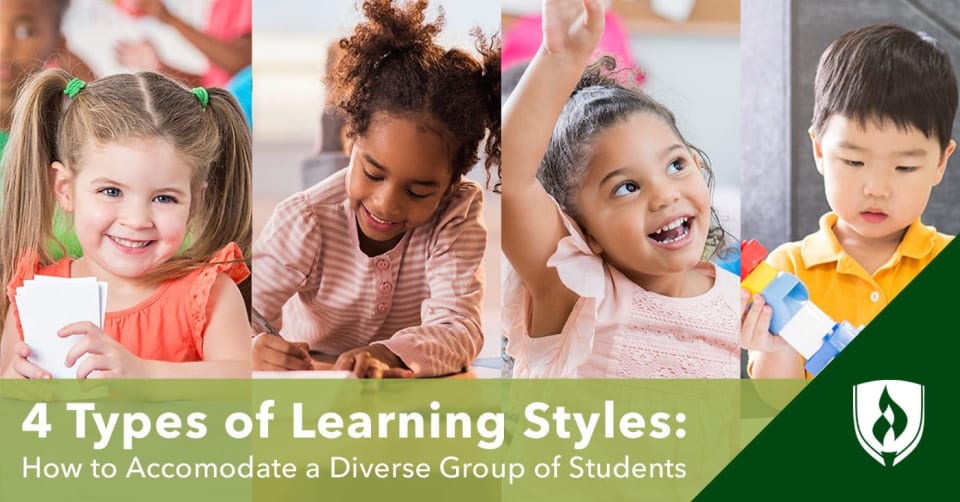
Technology’s role in alternative education is rapidly evolving, offering personalized learning experiences and bridging geographical gaps that were once significant barriers. From homeschooling families to microschools and online academies, the strategic integration of technology is no longer a luxury but a necessity for effective and engaging education. This section explores how technology enhances various aspects of alternative learning environments.Technology enhances learning experiences in homeschooling environments in several key ways.
It provides access to a vast library of educational resources, interactive simulations, and virtual field trips, enriching the curriculum beyond the limitations of traditional textbooks. Parents can leverage technology to track their children’s progress, identify areas needing extra attention, and tailor learning plans to individual needs and learning styles. Furthermore, technology facilitates communication and collaboration between homeschooling families, creating supportive learning communities.
Homeschooling Technology Enhancements
Homeschooling, once reliant on printed materials and individual effort, is now greatly empowered by technology. Interactive whiteboards, educational apps, and online tutoring platforms offer dynamic learning opportunities. For instance, a student studying ancient history might explore a 3D model of the Roman Colosseum using an app, or engage in a virtual tour of the Egyptian pyramids through a dedicated online platform.
These interactive experiences significantly enhance engagement and understanding compared to traditional textbook learning. Moreover, educational software often incorporates adaptive learning technologies, adjusting the difficulty level based on the student’s performance, ensuring personalized pacing and targeted support.
Online Learning Platforms Supporting Alternative Education
Online learning platforms are fundamental to many alternative education models. These platforms offer structured courses, interactive lessons, and assessment tools, providing a flexible and accessible learning environment. Khan Academy, for example, offers a vast library of free educational videos and exercises covering a wide range of subjects, while Coursera and edX provide access to university-level courses. These platforms cater to diverse learning styles and allow students to progress at their own pace, a significant advantage for learners who thrive in self-directed environments.
Furthermore, many platforms offer interactive features, such as forums and discussion boards, fostering a sense of community among students.
Technology Facilitating Collaboration and Community Building
Technology plays a crucial role in building a sense of community among students in alternative education settings, often overcoming the geographical limitations inherent in these models. Video conferencing tools, such as Zoom or Google Meet, enable students to participate in virtual classrooms, collaborate on projects, and interact with their teachers and peers. Online forums and collaborative document platforms, such as Google Docs or Microsoft Teams, facilitate group projects and discussions, promoting teamwork and peer learning.
These tools foster a sense of belonging and connection, countering the potential isolation that can be associated with some alternative education models.
Free Online Educational Resources
Access to high-quality educational resources is paramount in alternative education. The following five examples illustrate the diverse range of free resources available online:
- Khan Academy: Offers comprehensive courses in math, science, humanities, and more, with personalized learning paths and practice exercises.
- Duolingo: Provides gamified language learning, making it engaging and accessible for learners of all ages.
- Open Educational Resources (OER) Commons: A repository of freely accessible textbooks, course materials, and other educational resources.
- YouTube Educational Channels: Numerous channels offer high-quality educational videos on a vast array of subjects, from science experiments to historical documentaries.
- National Geographic Kids: Provides engaging content for younger learners, focusing on science, nature, and culture.
The Future of Alternative Education
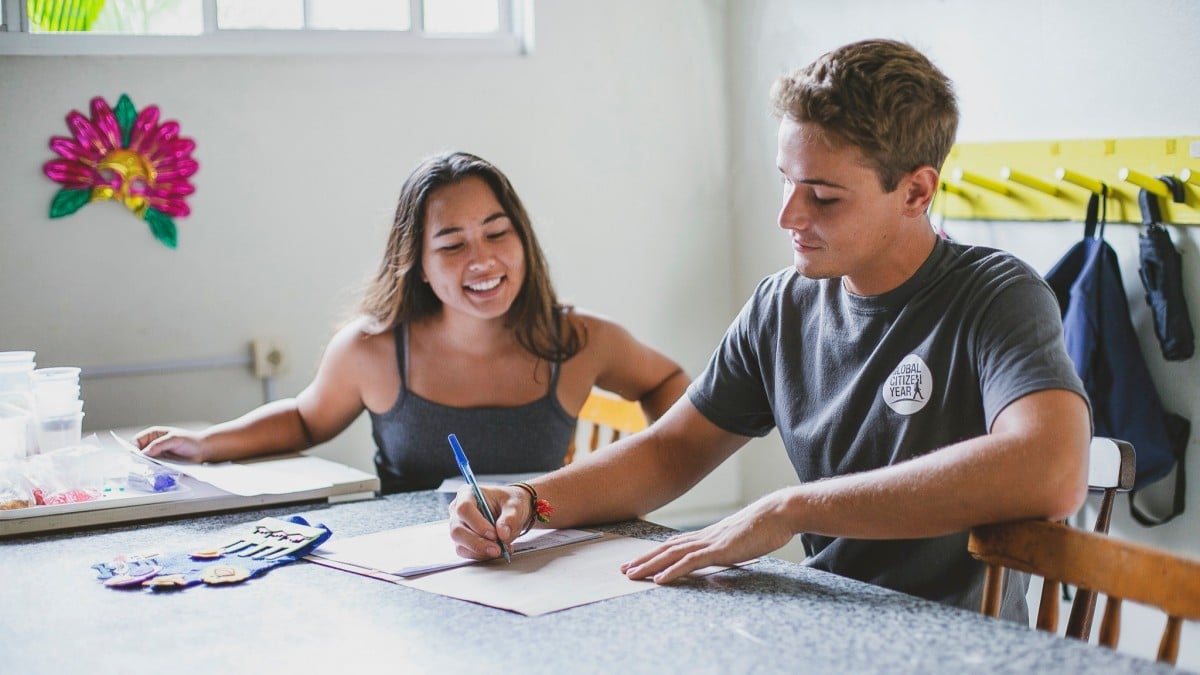
The landscape of education is rapidly evolving, driven by technological advancements and a growing recognition of the limitations of traditional schooling. Alternative education models, already gaining traction, are poised for significant growth, reshaping how we learn and prepare for the future. This transformation will be influenced by technological integration, governmental policies, and a push for greater accessibility and affordability.The potential impact of emerging technologies on alternative education is immense.
Emerging Technologies’ Influence on Alternative Education
Artificial intelligence (AI) is set to revolutionize personalized learning. AI-powered platforms can adapt to individual student needs, providing customized learning paths and feedback. Imagine a system that identifies a student’s strengths and weaknesses in mathematics, then automatically adjusts the difficulty level and provides targeted practice exercises. This personalized approach, far beyond the capabilities of a traditional classroom, can significantly improve learning outcomes.
Virtual Reality (VR) and Augmented Reality (AR) offer immersive learning experiences, transforming abstract concepts into engaging, interactive simulations. For example, students studying history could explore ancient Rome in a VR environment, or biology students could dissect a virtual frog without harming a living creature. These technologies can make learning more engaging and effective, especially for students who learn best through hands-on experiences.
Governmental Policies and Regulations in Alternative Education
Governmental policies play a crucial role in shaping the future of alternative education. Supportive regulations, such as increased funding for alternative schools and programs, could accelerate their growth and improve their quality. Conversely, restrictive policies could hinder innovation and limit access. For instance, flexible regulations regarding accreditation and curriculum standards could empower alternative schools to develop innovative approaches tailored to specific student needs.
Clear guidelines on data privacy and security related to AI-powered learning platforms are also essential to ensure ethical and responsible use of technology. The example of Finland’s progressive education system, which emphasizes student-centered learning and individualized instruction, demonstrates the positive impact of supportive government policies. Conversely, overly rigid regulations in some countries can stifle the development of alternative education models.
Accessibility and Affordability of Alternative Education
Increasing accessibility and affordability of alternative education is critical for ensuring equitable opportunities for all learners. Online learning platforms and digital resources can significantly reduce the cost barriers associated with traditional schooling, making alternative education more accessible to students in underserved communities. Government subsidies and scholarships could further enhance affordability, ensuring that financial constraints don’t prevent students from accessing high-quality alternative education options.
The rise of open educational resources (OER) provides free and openly accessible educational materials, further democratizing access to learning. The success of Khan Academy, a non-profit organization providing free online courses, demonstrates the potential for scalable and affordable alternative education models.
Preparing Students for the 21st-Century Workforce
Alternative education models are uniquely positioned to prepare students for the demands of the 21st-century workforce. By emphasizing skills such as critical thinking, problem-solving, collaboration, and creativity – skills often overlooked in traditional settings – alternative education can equip students with the competencies needed to thrive in a rapidly changing job market. Project-based learning, apprenticeships, and internships, common features of many alternative programs, provide valuable real-world experience and help students develop practical skills.
For example, a student participating in a coding bootcamp will gain practical skills directly applicable to software development jobs, unlike a student who only studies computer science theoretically. This practical, skills-based approach makes graduates more competitive in the job market.
Case Studies of Successful Alternative Education Programs
Exploring successful alternative education models provides valuable insights into the diverse ways children can thrive outside traditional schooling. These case studies demonstrate the effectiveness of different approaches, highlighting the importance of individualized learning and fostering a love of learning.
Unschooling: The Case of the Homeschooling Family, The Smiths
The Smith family, a dedicated unschooling family of four, offers a compelling example of this approach. Instead of structured curricula, the Smiths focus on child-led learning, incorporating everyday experiences as learning opportunities. Their daughter, Emily, aged 10, developed a passion for marine biology after a family trip to the aquarium. This interest led to extensive independent research, visits to local marine centers, and even participation in citizen science projects, resulting in a deep understanding of the subject far exceeding what a typical 10-year-old might possess in a traditional school setting.
Their son, Tom, aged 13, is engrossed in coding, having taught himself through online resources and creating his own games and apps. The Smiths document their learning journey through a family blog, showcasing the diverse range of experiences and skills their children have acquired. Their success highlights the potential of unschooling to nurture individual talents and passions.
Microschool Success: The Oakwood Learning Community
The Oakwood Learning Community, a thriving microschool in a suburban setting, serves as a compelling example of small-scale, personalized education. With a student-teacher ratio of 5:1, Oakwood provides individualized attention and a strong sense of community. The school’s curriculum is flexible and adaptable, incorporating project-based learning, experiential activities, and strong parental involvement. Student assessments are based on portfolios showcasing individual progress and achievements, rather than standardized tests.
Oakwood’s graduates consistently demonstrate strong college readiness and adaptability, excelling in both academic and social settings. Their success demonstrates the power of a highly personalized, community-based approach.
Montessori Education: The Bright Beginnings Montessori School
Bright Beginnings Montessori School exemplifies the effectiveness of the Montessori method. This school emphasizes child-centered learning, providing a prepared environment where children can learn at their own pace and choose their activities. Teachers act as guides, facilitating exploration and problem-solving. Assessment is ongoing and observational, focusing on the child’s progress and individual needs. Bright Beginnings uses a mixed-age classroom structure, encouraging peer learning and collaboration.
Students are regularly observed and their learning is documented through anecdotal records and portfolio assessments. The school’s graduates consistently display strong self-reliance, problem-solving skills, and a love of learning. Their success demonstrates the long-term benefits of a child-centered, hands-on approach.
Successful Alternative School Models: A Comparative Overview
The following table summarizes three additional successful alternative school models, highlighting their unique approaches and achievements:
| School Name | Educational Approach | Key Features | Notable Outcomes |
|---|---|---|---|
| Waldorf School of the Pacific | Waldorf Education | Emphasis on arts, crafts, and experiential learning; holistic development; minimal technology use in early years. | Strong creative skills, social-emotional development, and critical thinking abilities in graduates. |
| Summerhill School | Democratic Education | Student self-governance, freedom of choice in learning, focus on individual needs and interests. | High levels of student self-motivation, responsibility, and social competence. |
| High Tech High | Project-Based Learning | Focus on real-world projects, collaboration, and problem-solving; strong industry partnerships. | High college acceptance rates, strong work ethic, and real-world skills development. |

